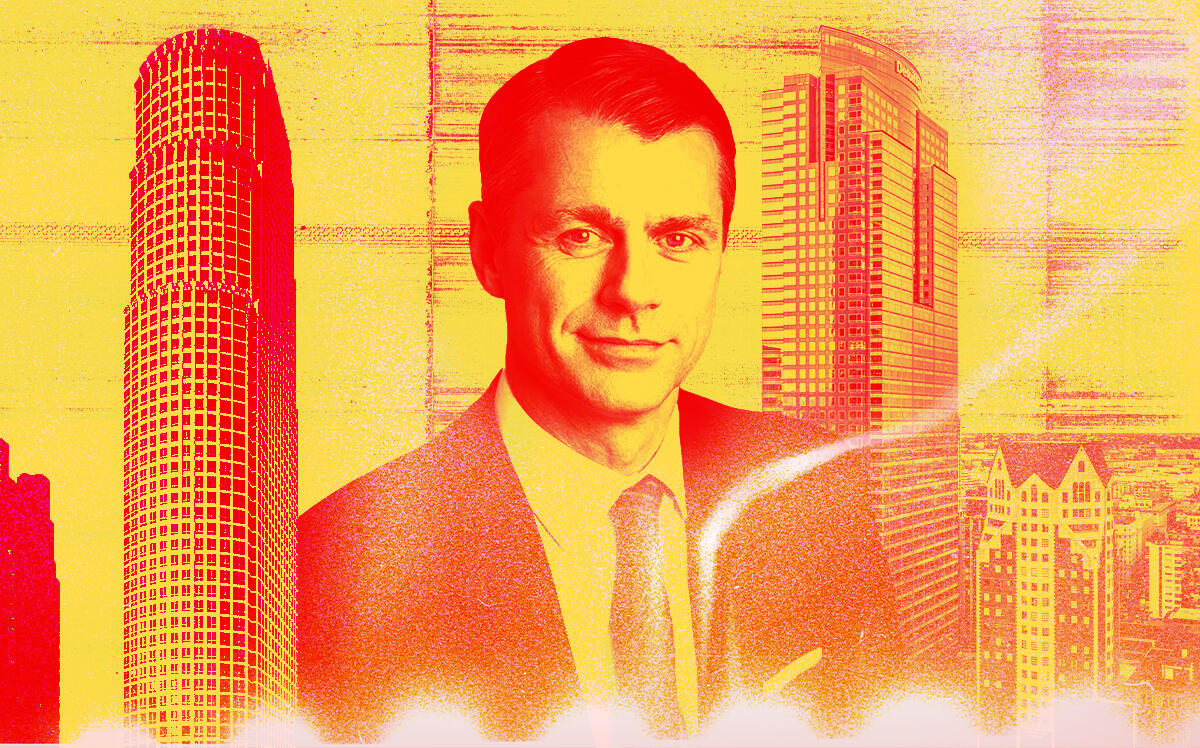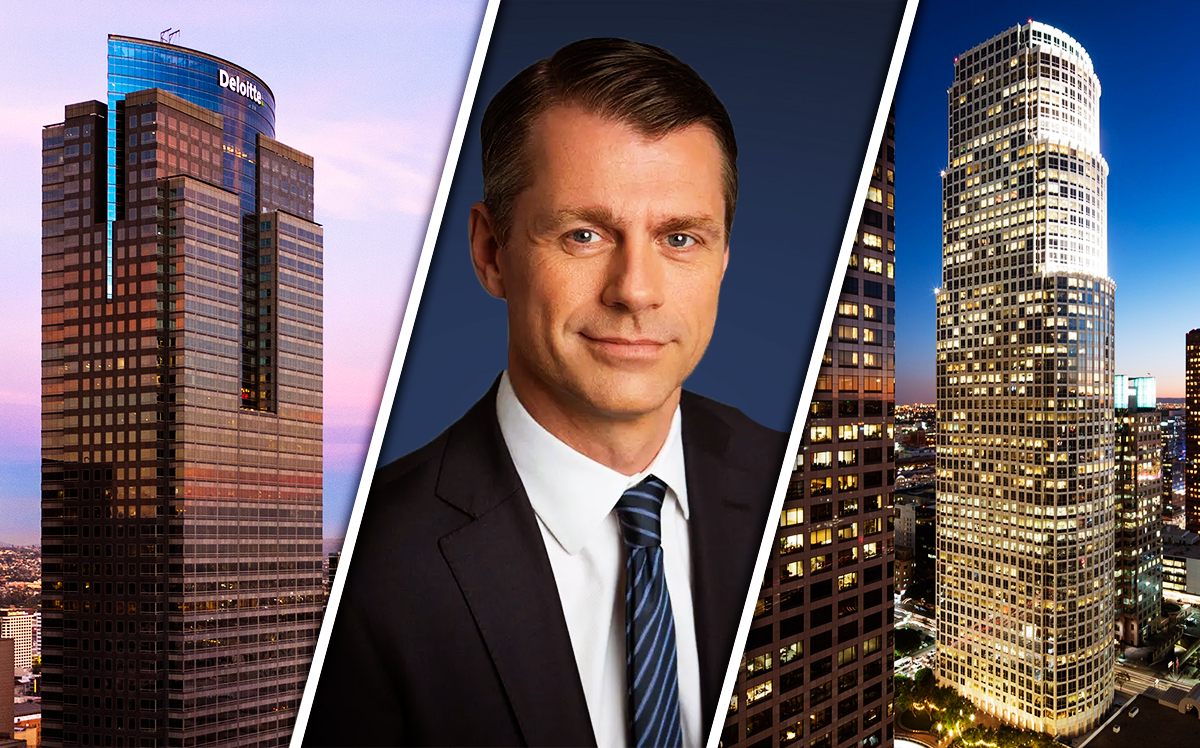Nothing to see here.
Brookfield Asset Management CEO Bruce Flatt brushed off the firm’s recent defaults and cast a vote of confidence in the fundamentals of the office market.
In an interview with Bloomberg, Flatt pointed to high demand and low inventory among Class A spaces despite rising interest rates as a “tale of two cities.”
“High-quality space is very sought after as companies want to bring people back and have engaging space,” Flatt said, noting outsized that Brookfield’s One Manhattan West is now 97 percent leased, and claiming that space in the tower is renting for 50 percent more than it was before the pandemic.
Flatt’s comments come after Brookfield defaulted on $784 million in loans tied to two trophy office towers in Downtown L.A. The firm walked away last week from a $465 million loan package tied to the Gas Company Tower at 555 West 5th Street and $319 million in loans tied to 777 South Figueroa Street, according to an SEC filing.
The defaults open up the opportunity for remedies by the lenders, including foreclosure.
“It’s just regular business. It’s small and not relevant to the overall business.” Flatt told Bloomberg of the defaults, adding that “the negative things get exaggerated.”
Many landlords are struggling to refinance their properties under high interest rates. More than $16 billion in loans secured by New York City commercial properties are set to mature this year, up 30 percent from the $12.7 billion that came due last year in the nation’s largest office market.
Before Brookfield’s troubles surfaced in Los Angeles, one of its New York properties scored ne of Manhattan’s most valuable office leases of 2022. Big Four consulting firm KPMG signed a lease for 450,000 square feet at Two Manhattan West, paying in the low $100s per square foot. Over the life of the lease, KPMG is projected to pay $1 billion.
Even that 20-year lease exposed the challenging headwinds roiling office landlords in a post-pandemic world. KPMG’s move to the tower in 2025 will mark a reduction of its office footprint by more than 40 percent, a result of the firm shifting to a hybrid work model.
— Holden Walter-Warner
Read more


